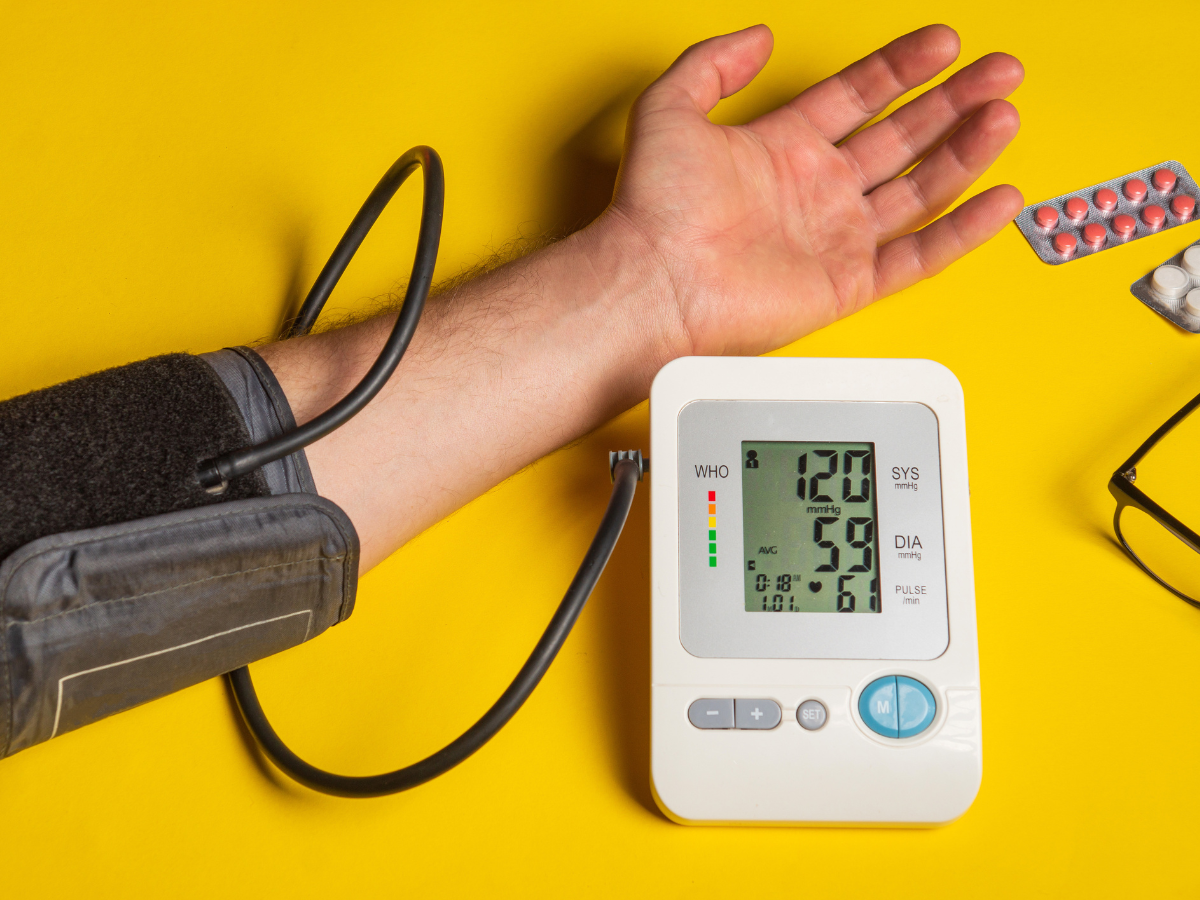Why Remote Patient Monitoring is Essential for Hypertension Treatment
Hypertension, or high blood pressure, is diagnosed when a patient consistently has a systolic blood pressure of 130 mm Hg or higher and a diastolic blood pressure of at least 80 mm Hg. As a growing public health concern, hypertension requires accessible and effective treatment solutions.

Using remote patient monitoring for hypertension allows providers to track changes, monitor progress, and adjust treatment plans in real-time. It also enhances the efficacy of other treatment modalities by driving engagement and boosting patient adherence. Let’s explore how RPM can be a crucial part of a successful hypertension management plan.
What is remote patient monitoring (RPM)?
Remote patient monitoring (RPM) involves using digital tools to collect and transmit health data from patients to their healthcare providers.
In most cases, RPM programs rely on a combination of wearable health devices and a remote patient monitoring platform or software. Together, these technologies enable patients and providers alike to get real-time insights and monitor the success of treatment plans.
Remote patient monitoring technology is particularly helpful for patients with chronic conditions, including hypertension.
Remote Patient Monitoring for High Blood Pressure
Hypertension is among the most common health concerns affecting people worldwide. In the US, about 48% of adults have hypertension. Hypertension accounts for an estimated $130 million in direct costs annually.
Because hypertension is a major risk factor for potentially fatal conditions like heart disease, early intervention – and eventual lowering of blood pressure – is key. The first line of defense against hypertension is usually lifestyle modification. This can include things like:
- Weight loss
- Developing and maintaining a healthy diet that’s low in sodium and high in potassium
- Physical activity
- Moderation or elimination of alcohol consumption
These efforts not only help lower blood pressure but also increase the efficacy of pharmacologic treatments.
Because it supports many of the lifestyle changes necessary to manage hypertension, using RPM for blood pressure management is a simple but effective change providers can bring to their patients.
Early research indicates that implementing an RPM program is both financially feasible and effective in terms of treatment outcomes. Patients who use RPM technology are more likely to successfully control their blood pressure, perhaps regardless of the type of treatment they’re receiving.
RPM for Hypertension Treatment: How it Works
Leveraging wearable remote patient monitoring devices and a comprehensive RPM platform gives providers new ways to support patients with hypertension. Let’s take a closer look.
At-Home Blood Pressure Monitoring
Self-monitoring blood pressure helps patients reduce both diastolic and systolic measurements more effectively than those who do not. In other words, having the ability to measure and track changes at home makes it more likely that a patient will successfully lower their blood pressure.
Real-Time Insights
With the ability to collect and communicate data in real-time, patients and providers both get an exclusive look at how treatment plans are working. A wearable health monitor or blood pressure cuff may be all it takes to unlock a deeper understanding of patient needs than ever before.
Providers can also identify warning signs – like a sudden spike in blood pressure readings – that might indicate a lack of treatment adherence or a pressing health concern.
Early identification of these concerns leads to better health outcomes and a reduced risk of severe health issues.
Improved Patient Education
RPM of any kind can improve digital health literacy and empower patients to play an active role in their care journeys.
However, research also suggests that patients with high blood pressure may also be more likely to engage with and learn about their treatment plans.
One study found that patients with hypertension at practices that regularly used RPM increased their use of hypertension medications, had more medication adjustments, and visited primary care physicians more often than those who did not.
This finding may indicate that RPM supports patients in a way that also boosts their understanding of the importance of treatment.
RPM Devices for Hypertension
There’s no shortage of FDA-cleared RPM devices that can support patients with hypertension, including:
- Blood Pressure Cuffs – Devices like CoachCare’s BEAT Blood Pressure Cuff measure diastolic and systolic blood pressure in seconds. They also record and transmit related vitals, such as heart rate, to providers regularly.
- Smart Scales – CoachCare’s BALANCE Smart Scale collects data like body mass index, weight, and body fat to increase accountability and visibility into progress for patients aiming to lose weight.
- Activity Trackers – Wearable activity monitors or smartwatches like the Fitbit or Apple Watch allow for the seamless recording of time spent exercising. Some devices can also track changes in heart rate, sleep patterns, stress levels, and other key insights that can help providers better understand how a patient is responding to treatment.
RPM Blood Pressure Solutions Powered by CoachCare
Choosing the right partner for remote patient monitoring software and RPM devices can be the difference between a successful program and one that collapses before it demonstrates its efficacy.
CoachCare is an established provider of remote patient monitoring devices in healthcare that can support patients with high blood pressure.
With CoachCare, you not only receive top-tier technology but also a dedicated team to help your staff manage patient monitoring as your program grows.
Want to see how you can use RPM for hypertension treatment? Take our quiz and find out if your practice qualifies for remote patient monitoring to get started.